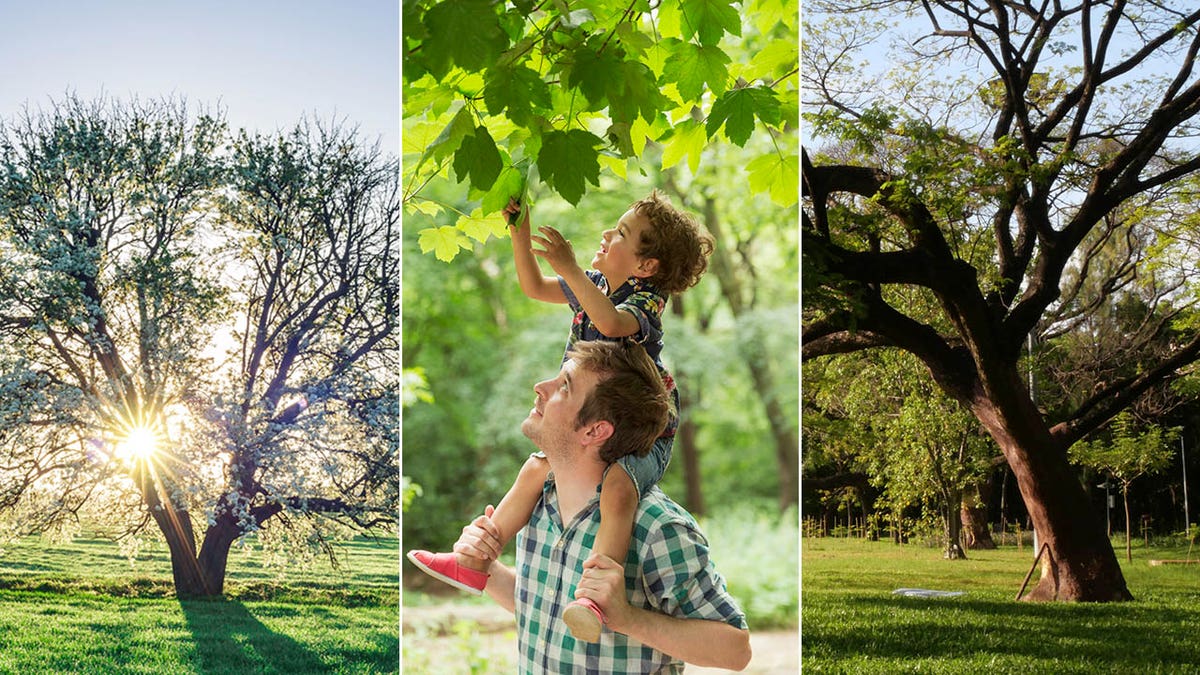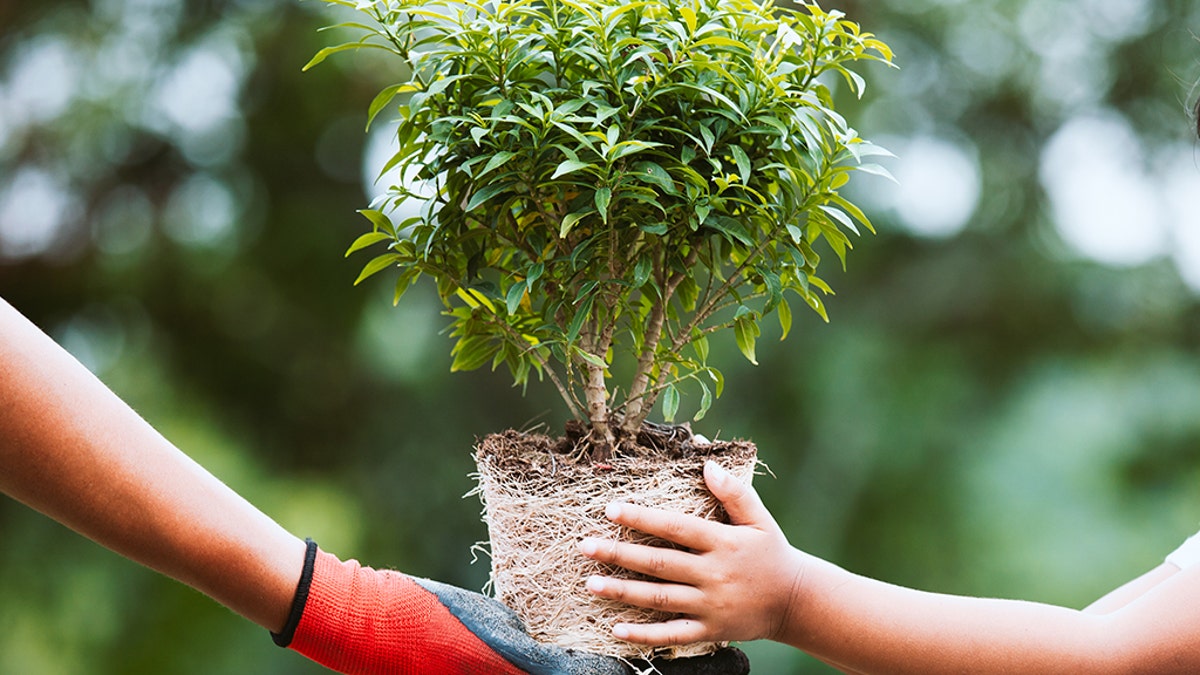Fox News Flash top headlines for March 24
Fox News Flash top headlines are here. Check out what's clicking on Foxnews.com.
World War II had just ended, incomes were skyrocketing, the Baby Boom was underway — and Americans were reveling in first-time homeownership and the mass marketing of automobiles.
The post-war expansion of American suburbia had been set in motion.
The beginning of the post-war period was a dynamic time that affected society on all levels and shaped the world as we know it today.
Over the next 50 years, the American dream was epitomized by owning a home on a quiet, tree-lined street in a residential area. People sought escape from overcrowded cities.
TREE QUIZ! HOW WELL DO YOU KNOW THESE SURPRISING FACTS ABOUT TREES?
And the Callery pear, a non-native tree species introduced from Asia in the early 1900s, was often chosen to line those streets.
The tree quickly became a favorite in landscaping for its adaptability, its flowering color and its rounded crown.

This March 10, 2022, image provided by Kelly Oten Shows a "Bradford" callery pear tree in full bloom in North Carolina. (Kelly Oten, North Carolina State University via AP)
If you, too, have chosen the tree for your property, or inherited it from previous owners, you may now find yourself battling to control and maintain it.
Removal can be difficult.
AFTER THEIR TWO KIDS DIED IN A FALLING TREE ACCIDENT, PARENTS RENT BILLBOARD 'TO SAVE ANOTHER LIFE'
But it is possible if performed in a specific manner.
And for those considering a new planting — there are plenty of suitable replacements.
Favored for its fast growth, tight habit, glossy leaves, beautiful white spring flowers, striking fall foliage and stress tolerance, the initially sterile "Bradford" cultivar was the darling of developers across much of the eastern, central and southern United States.
When its weak branch structure was recognized as problematic, other, somewhat stronger cultivars, like "Cleveland Select" and "Aristocrat" were bred.
But there were additional problems, not fully recognized until decades later when the different cultivars cross-pollinated and began producing fruit and dropping seeds.

For alternative plantings, there are plenty of beautiful and native tree species that offer appeal to property owners and home dwellers. (iStock)
First, there was the smell emanating from those beautiful, white spring blossoms, which can only be described as essence of putrefied fish.
And residents would have to spend precious leisure time cleaning up slimy, rotted fruit from sidewalks and pulling up "babies," saplings that spread and formed dense stands with reckless abandon.
Inspect the rest of your property for saplings, which can pop up far from trees after wildlife spreads their seeds.
The Callery pear tree’s pretty, upward-facing branch structure meant limbs would rip and fly off during storms, threatening to injure people and damage cars and homes.
Eventually, the unintended consequences of America’s most popular street tree became untenable.
CATS CLASSIFIED AS 'INVASIVE ALIEN SPECIES' BY POLISH SCIENTIFIC INSTITUTE
By the 1990s, the trees had "escaped" to roadsides and other natural areas, especially in eastern and southern states, their seeds carried by birds.
Today, the Callery pear is listed as an invasive species in several states.
In January, Ohio became the first to enact a ban on the tree, with Pennsylvania and South Carolina following suit.
Several other states and municipalities are considering similar measures.
Ohio became the first to enact a ban on the tree, with Pennsylvania and South Carolina following suit.
Controlling Callery pears is difficult because their sturdy, extensive root system makes the trees almost impossible to kill with herbicides.
It’s best to dig them out, but you must remove every last bit of the root system or it may send up new suckers for years to come.

Among other options for planting: American plum tree, American yellowwood, chalk maple, chokeberry, dogwood and serviceberry. (iStock)
If you’re not ready to part with your tree, stay on top of it by removing suckers regularly.
Cut them off the base of the trunk, just below the soil line, in spring when they first sprout. Launch another search-and-destroy mission in mid-summer to remove new suckers.
Inspect the rest of your property for saplings, which can pop up far from trees after wildlife spreads their seeds.
CLICK HERE TO GET THE FOX NEWS APP
For alternative plantings, there are plenty of beautiful, native tree species that offer the same appeal as the Callery pear.
Great substitutes, without the headache, include American hornbeam (Carpinus caroliniana), American plum (Prunus americana), American yellowwood (Cladrastis kentukea), chalk maple (Acer luecoderme), chokecherry (Prunus virginiana), dogwood (Cornus florida), Eastern redbud (Cercis canadensis), fringe tree (Chionanthus virginicus), hawthorn (Crataegus), ironwood (Ostrya virginiana) and serviceberry (Amelanchier).
CLICK HERE TO SIGN UP FOR OUR LIFESTYLE NEWSLETTER
The Associated Press contributed to this report.

